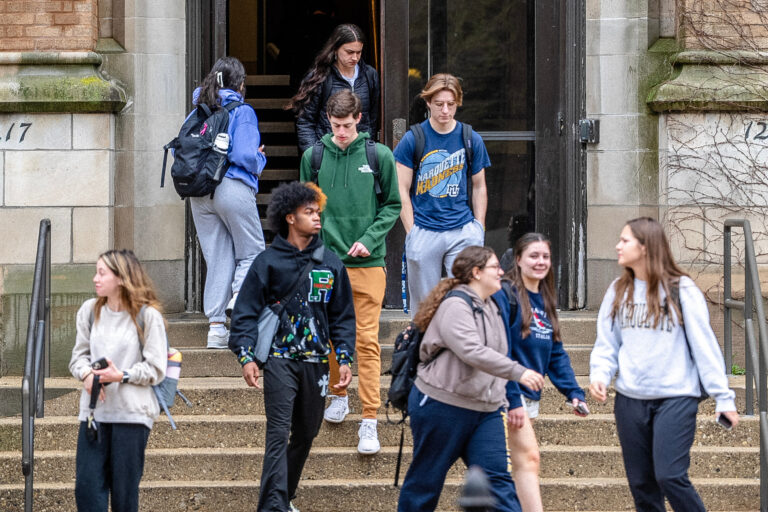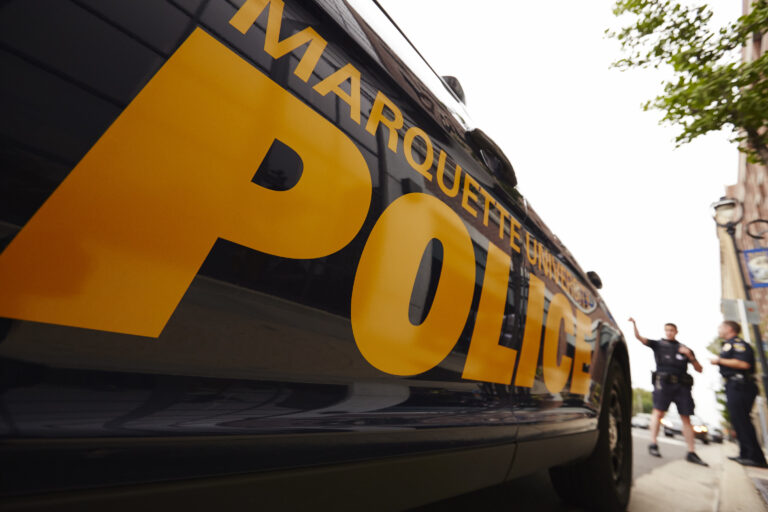The Office of Research and Sponsored Programs has announced the following grants awarded to university faculty and staff in April 2021.
Augmenting kinesthetic feedback to improve hemiparetic arm control after stroke
$359,000 – National Institutes of Health
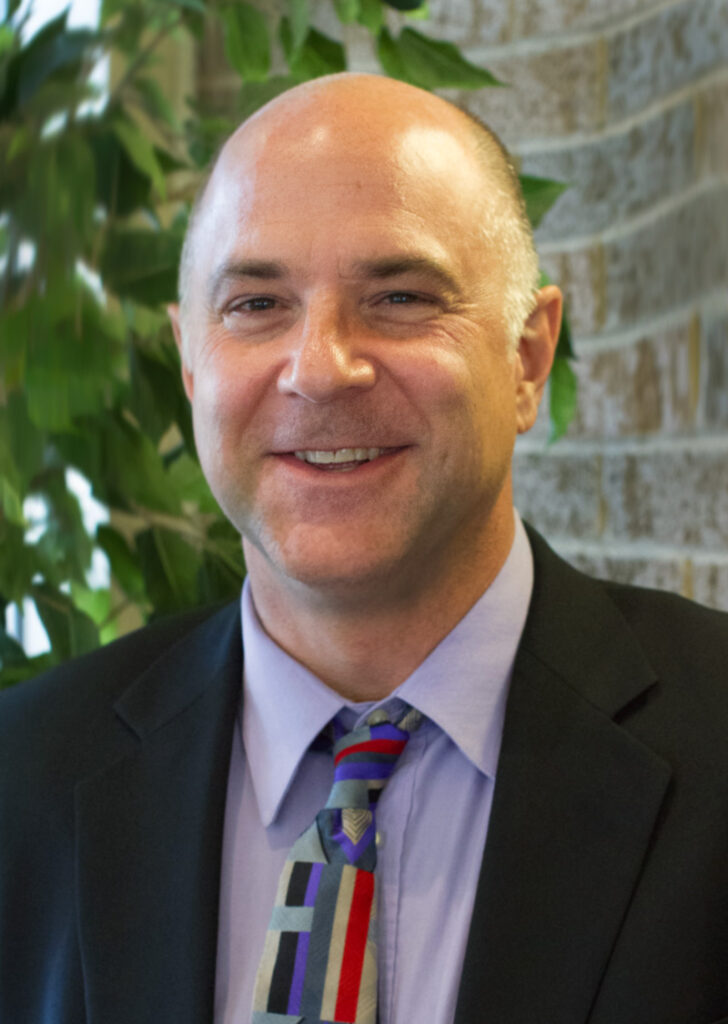
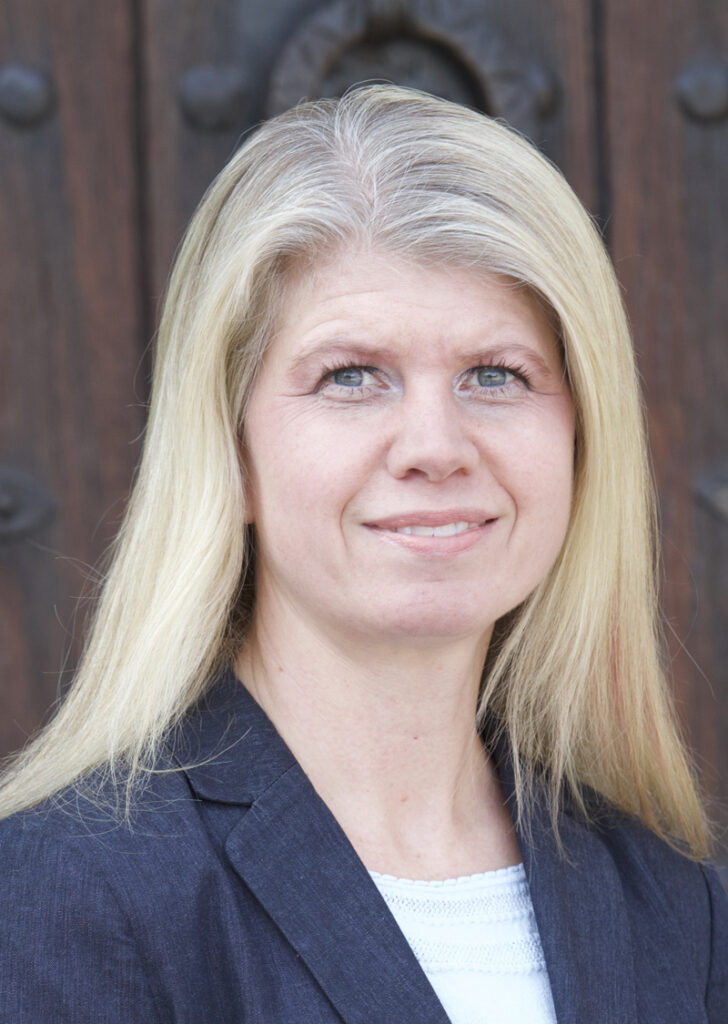
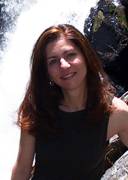 Robert Scheidt (PI), professor of biomedical engineering, and Dr. Leigh Ann Mrotek, research professor of biomedical engineering, in the Opus College of Engineering, and Dr. Kristy Nielson, professor of psychology in the Klingler College of Arts and Sciences.
Robert Scheidt (PI), professor of biomedical engineering, and Dr. Leigh Ann Mrotek, research professor of biomedical engineering, in the Opus College of Engineering, and Dr. Kristy Nielson, professor of psychology in the Klingler College of Arts and Sciences.
Abstract: This research seeks to improve motor function by using sensory substitution techniques to circumvent impaired kinesthetic feedback in the contralesional arm post-stroke. The project will advance a new line of research that will ultimately lead to novel technologies enabling many stroke survivors to improve motor control in the contralesional arm, thereby improving quality of life.
Pilot-scale experiments to optimize soil management for enhanced nutrient retention in green infrastructure
$61,750 – Fund for Lake Michigan
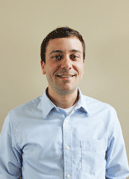
 Dr. Anthony Parolari (PI), assistant professor, and Dr. Brooke Mayer, associate professor of civil, construction and environmental engineering in the Opus College of Engineering.
Dr. Anthony Parolari (PI), assistant professor, and Dr. Brooke Mayer, associate professor of civil, construction and environmental engineering in the Opus College of Engineering.
Abstract: This research team aims to develop an improved bioretention design capable of removing dissolved pollutants like nitrate and phosphate from storm water.
Mixed Quantum/Classical Theory for the Collisional Quenching of iCOMs
$398,179 – National Science Foundation
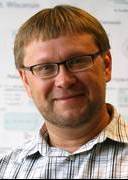 Dr. Dmitri Babikov, professor of chemistry in the Klingler College of Arts and Sciences
Dr. Dmitri Babikov, professor of chemistry in the Klingler College of Arts and Sciences
Abstract: The standard quantum calculations of rotationally inelastic scattering become prohibitively demanding at higher collision energies, and for heavier molecules, such as the interstellar complex organic molecules (iCOMs). To overcome this obstacle, the researcher aims to develop a practical computational treatment of scattering where the relative motion of collision partners is described classically, while their internal degrees of freedom (rotation, vibration) are still described quantum mechanically.

